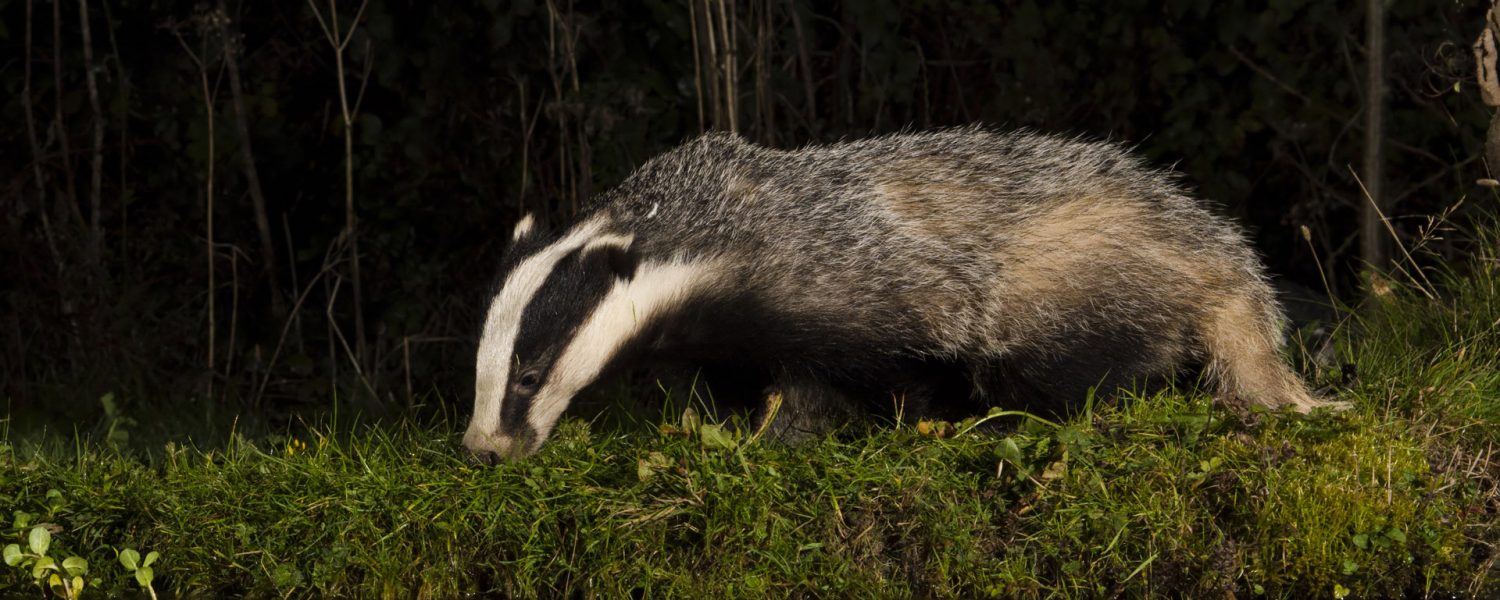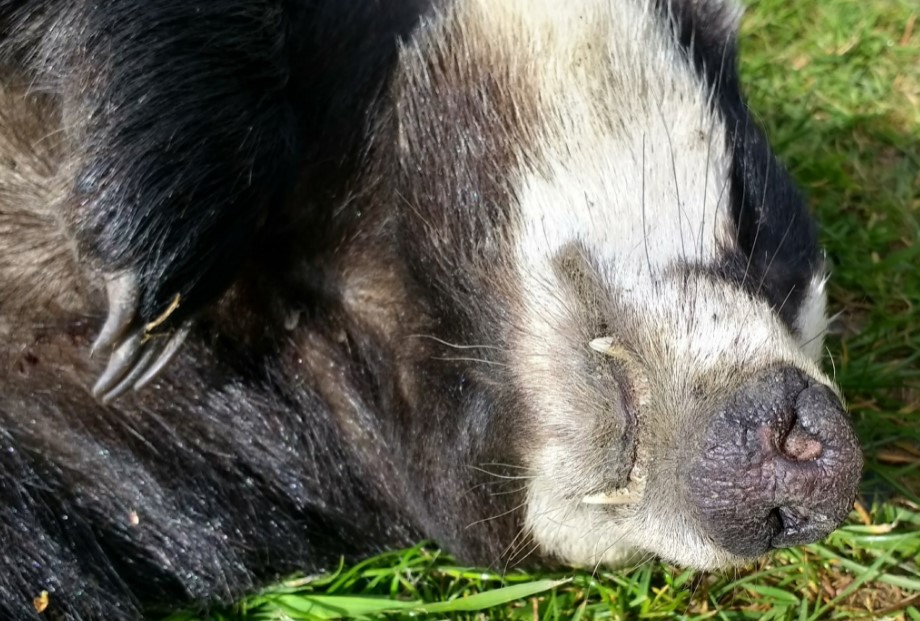 The Defra consultation on more badger culling ends on Monday 13th May 2024, at midnight. Since it was launched on 14th March there has been increasing incredulity over how sketchy and confused it is. It is a classic example of how not to consult with the public over an extremely important decision on how to tackle a complex disease epidemic.
The Defra consultation on more badger culling ends on Monday 13th May 2024, at midnight. Since it was launched on 14th March there has been increasing incredulity over how sketchy and confused it is. It is a classic example of how not to consult with the public over an extremely important decision on how to tackle a complex disease epidemic.
The problems are largely of Defra’s own making, with the scientific aspects of the issue particularly poorly handled. Questionable management of the bTB policy is exemplified by the ‘BTB Partnership’. This was was set up under the 2020 ‘Next Steps’ policy, after the Derbyshire badger cull licence was put on hold for a year in 2019 by Boris Johnson who fought off the NFU and announced a move to phase out badger culling.
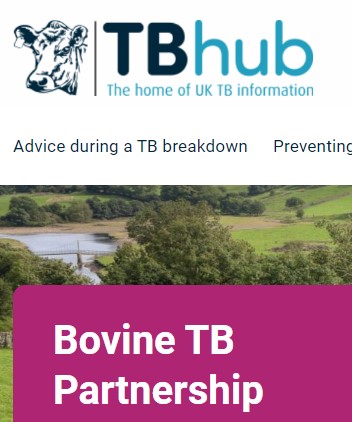 The BTB Partnership was set up as a group of largely cherry-picked farmers and vets, most of them it would seem wedded to badger culling, and ‘hired and fired’ by Defra who also control the agenda, with secrecy over its work, reporting and outputs. There is a blog about the shambolic Partnership here. Not surprisingly, it recommends more badger culling and tries to row back on actions that might inconvenience the beef and dairy industries, thus preventing the industry contraction that must inevitably come, but that could have been so much smaller, if done earlier.
The BTB Partnership was set up as a group of largely cherry-picked farmers and vets, most of them it would seem wedded to badger culling, and ‘hired and fired’ by Defra who also control the agenda, with secrecy over its work, reporting and outputs. There is a blog about the shambolic Partnership here. Not surprisingly, it recommends more badger culling and tries to row back on actions that might inconvenience the beef and dairy industries, thus preventing the industry contraction that must inevitably come, but that could have been so much smaller, if done earlier.
The main problem with the consultation is that it blurts out its intention without actually consulting. It’s a bit like asking what colour your new car should be, and do you need a sunroof? But the bigger questions have already been fixed; make, model, engine size, fuel type, all decided for you. You are being asked questions about the trimmings.
So, the consultation is not at an early stage, not at a stage where the various options are reviewed and described, with a sound build up to a presentation of the top range of possible alternatives and asking you about which path to take. Instead, Bang!, this is what you get. And it is being handled in a similar way to previous bTB consultations only this time it is much, much worse. It looks sloppily written and rushed. Rumour has it the NFU wanted to get it in place before the general election, although it is not actually needed in 2024. The problem for Defra is that views, or perhaps expectations on the government consultation process have been changing, and this kind of approach is no longer acceptable. Witness last October the judgement in Northern Ireland that found the badger culling proposals unacceptable. Why wasn’t the lesson heeded you have to ask?
Looking specifically at factual issues, the ‘elephant in the room’ is the discovery over the last ten years that all but a few of (SICCT) test reactors are infected. With few false positives this makes any narrative that the herd status OTFW (officially bTB Free Withdrawn) is the yardstick for eradication (or better expressed, elimination), very old thinking.
This has some unfortunate consequences, not least for the now challenged RBCT (Randomised Badger Culling Trial) which actually found no effect of badger culling when all reactors (OTFS (Officially bTB Free Suspended) and OTFW are taken into account. This should have led to Defra reviewing their approach, but ‘stick to plan’ is the order from somewhere – the farming industry? It doesn’t make sense. And it isn’t mentioned at all in the consultation. Neither is the increased frustration and louder and louder complaints by vets and test developers that the current policy is unviable and useless. Not fit for purpose. It follows the failed trend of the Republic of Ireland who have culled badgers for over 20 years. The consultation seeks endorsement without adequately, or in many cases at all, explaining its rationale and alternatives.
Further, the consultation is not adequate in explaining the progress and new development of badger vaccination and cattle vaccination. With badger vaccination, DEFRA now pull back, saying its efficacy is unknown, much as the Godfray Review did in 2018. There is no enthusiasm for it from the farmers either. They have been told since 2022 that badger culling works and a new generation of advocates for culling have developed, bringing sentiments of badger hatred to new highs on social media.
How has this happened? Well by a series of announcements, interviews and parliamentary statements by Secretaries of State and Ministers since 2022, based upon a combination of staff at Defra and its agencies telling people that badger culling works. This continued until just before the start of the consultation on the back of unpublished data, uncheckable analyses and inference trying to transmute association to causation. Same old.
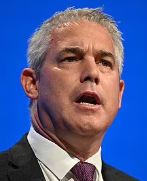 The new Secretary of State in Defra’s revolving doors of sackings and appointments is Steve Barclay. No one in cabinet wants to do the Defra job. You have to deal with climate change, flooding, sewage and farm waste in rivers and on beaches and wangle ways around protecting nature as a flurry of screamingly bad diseases flourish with industrial farming. So Barclay sets out the consultation, claiming a figure of 56% decline in herd breakdowns after four years of culling, based on the ‘before and after’ APHA paper (Birch et al published Feb 28 this year), with absolutely none of the controls of a scientific study checking causation. There is no comparison of culled areas with unculled areas. There is a blog about the problems of Birch et al. preprint here.
The new Secretary of State in Defra’s revolving doors of sackings and appointments is Steve Barclay. No one in cabinet wants to do the Defra job. You have to deal with climate change, flooding, sewage and farm waste in rivers and on beaches and wangle ways around protecting nature as a flurry of screamingly bad diseases flourish with industrial farming. So Barclay sets out the consultation, claiming a figure of 56% decline in herd breakdowns after four years of culling, based on the ‘before and after’ APHA paper (Birch et al published Feb 28 this year), with absolutely none of the controls of a scientific study checking causation. There is no comparison of culled areas with unculled areas. There is a blog about the problems of Birch et al. preprint here.
Using words from a rather flaky abstract, designed to please, Barclay mis-quotes and misrepresents what the paper actually says, no doubt incorrectly briefed by the hapless APHA who are desperate to find a way out of the 2020 policy car-crash and not to call the last decade out as one huge mistake. Barclay follows other politicians, Eustice, Coffey, Spencer, Douglas Miller who have groomed the farming industry to believe what they want to hear i.e. that but for the badgers the cows would be clear of bovine TB. What is irrefutable is that the influence of badger culling on bovine TB in cattle herds is unclear.
Defra seem to have gone out of their way to bias consultee’s opinion in front of their consultation. Some observers thought it had been put on hold, with the hope of a new Parliament sorting out the mess in a years’ time. The consultation fails to distinguish between the scientific opinions of a handful of Defra staff who have spent the last decade blaming badgers, and what the published science actually says and means. Not to do so is not just worrying, it is unfair and unlawful.
 Why did they drop a weak bit of analysis (Birch et al. 2024 ) just in front of the consultation and weaponise it to try to force a return to mass culling? Results from Cumbria, south of Penrith, showed that cluster culling was a sham in Area 32, and cattle measures had resolved bTB in all but chronic herds before the first of the 1115 mostly healthy badgers were shot, from 2018.The independent report “A Bovine Tuberculosis Policy Conundrum in 2023” demonstrates this clearly, and the follow-up addendum produced in April 2024 confirms it.
Why did they drop a weak bit of analysis (Birch et al. 2024 ) just in front of the consultation and weaponise it to try to force a return to mass culling? Results from Cumbria, south of Penrith, showed that cluster culling was a sham in Area 32, and cattle measures had resolved bTB in all but chronic herds before the first of the 1115 mostly healthy badgers were shot, from 2018.The independent report “A Bovine Tuberculosis Policy Conundrum in 2023” demonstrates this clearly, and the follow-up addendum produced in April 2024 confirms it.
The failure of their ‘epi-cull’ or ‘cluster-cull’ trial is too uncomfortable for them and doesn’t fit with their ‘keep to plan’ strategy, so they pretend it hasn’t happened? Then they delay the economic evaluation until later because it looks like everything done to date has been done at a financial loss, but can be fudged in four years’ time?
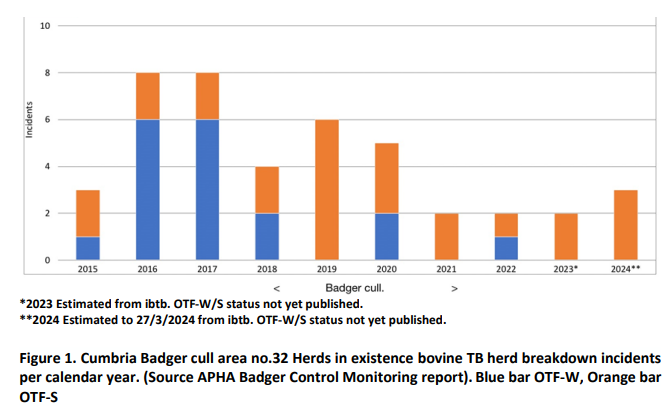 The confusion and lack of technical reporting on cattle vaccination, and the need for enhanced testing according to the learning from Gatcombe farm in Devon has not been mentioned at all – no options provided. Airbrushed out.
The confusion and lack of technical reporting on cattle vaccination, and the need for enhanced testing according to the learning from Gatcombe farm in Devon has not been mentioned at all – no options provided. Airbrushed out.
The consultation normalises the least humane option for shooting badgers without going through the difficult considerations behind that decision. This is extraordinary, given the shift to free shooting over cage shooting for cull companies that have had praise heaped upon them with offers to make their killing easier..
The executive powers that would be passed to the Chief Vet and the appointed BTB Partnership for day-to-day decisions looks like an unrepresentative, unaccountable closed shop. Methods for identifying where badgers would be culled are unformed and justified using the unsuccessful Low Risk Area model (see here and here) and the unproven intensive culling results (see here, here and here). Why was the consultation not held back until these problems had been addressed? Answer, because the trials have failed. Why does this consultation even exist if this key point is not absolutely clear for all to consider? As APHA said in 2023, there are now more questions than answers.
This consultation is an abomination. Following the failed DEARA consultation in 2023 it is unprofessional and embarrassing. We should know who is responsible for it. It is so far away from the interests of the public and industry that it must be stopped.
Responses to consultation questions: some thoughts:
Q7. Should there be an annual cap on the number of clusters that can be licensed to undertake badger culling?
If you answer Yes, you may be accepting that the policy is fine as long as it is limited to x number of culls per year. Don’t be misled by this trick question. It does not offer the alternative of knowing that no targeted culling should be done.
Q8. What other factors should be taken into consideration in defining a cluster under the targeted badger intervention policy?
If you suggest new factors, this may imply that you agree with the other factors suggested.
Q10. & Q11. To what extent do you agree or disagree there should be a separation of Natural England’s statutory conservation advice from licensing decisions?
These are tricky. At face value it might suggest that you are being asked if NE need no longer fulfil its statutory nature conservation role. But that is very unlikely to happen without a change in law. What it might be asking is whether you think NE should stop licensing culls in order to distance its advice on badger culling ecological impacts from the authorisation of killing badgers, which would be a very good thing. However the question is very general and vague. Perhaps the question supposes culling should continue (which it should not), so does agreeing to it endorse the act of culling? NE should never have taken on the role of licensing culling, it was the worst decision in its history and has seen rampant killings of around 230,000 badgers since 2013. The next question, 11, deals with whether cull licensing should go to Defra, (to join with vaccination permissions), to which the answer should be no because culling should stop. So Natural England who are just told to get on with it without question should stop and it shouldn’t go to Defra? It would seem sensible not answer these ones on the grounds of confusion. Defra would love to keep licensing with NE as it gives culling the respectability of endorsement by a conservation body. Be careful how you answer this one because the question isn’t clear. It could trick people into supporting keeping badger culling responsibility with NE. It is not clear if you can use question 12 to explain your views if you have not answered questions 10 and 11 however. What a muddle.
Q12. Please give reasons for your answers to this section (optional)
Here you could make the point that Question 10 is faulty. The question does not reflect the text of the consultation adequately. Natural England, in preparing impact assessments free of charge for cull companies and being instructed by Defra to issue licences, has lost its supposed independent role. NE has taken direction from and rubber-stamped Defra and the CVO’s instructions to issue licences, and for the NE Chief Scientist to describe culls as successful whether or not minimum cull targets are met. And on an uncorroborated assumption that Defra’s badger culling policy has an disease benefit, which it has consistently failed to show.
Q13. Do you have any comments on the Information for Applicants at Annex B for carrying out the culling part of a targeted badger intervention policy? (optional)
This information is inappropriate given the unfair nature of the consultation.
Q15. Should animal level bTB risk information be published on ibTB?
Yes
Q16. Please give reasons for your answer (optional).
Any information on disease risk should be publicly available.
Q17. To what extent do you agree or disagree it would be helpful to share information on where herd owners source their stock from?
- Strongly agree
Q18. Please give reasons for your answer (optional).
Any information on disease risk should be publicly available.
Q19. Do you have any other comments? (optional)
Here is your chance to offer your full view.
This consultation is an utter shambles and should be withdrawn. It is thrown together, unfair and misleads on multiple counts. It avoids providing essential background facts and leads those answering questions into endorsing ill-described proposals. This consultation will be challenged and measures are already in place for that to happen.
WE ARE THE BADGER CROWD
Discover more from The Badger Crowd - standing up for badgers
Subscribe to get the latest posts sent to your email.

